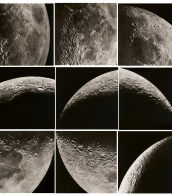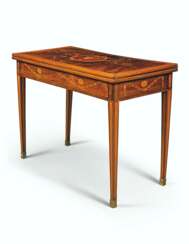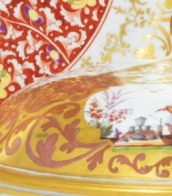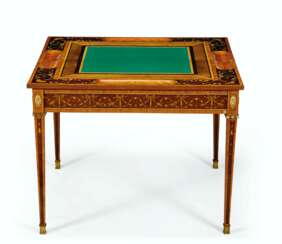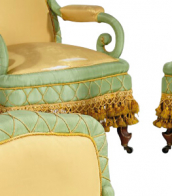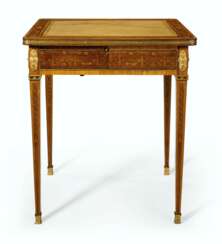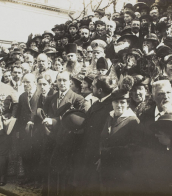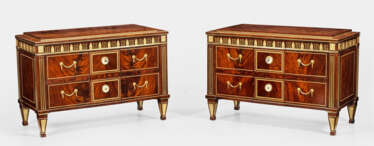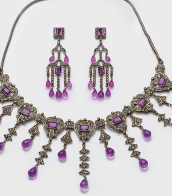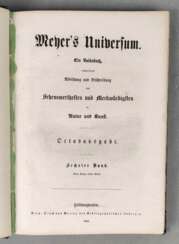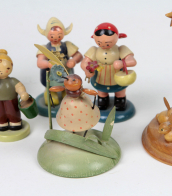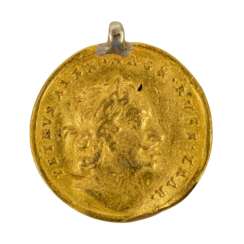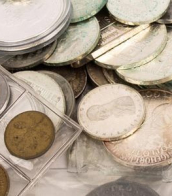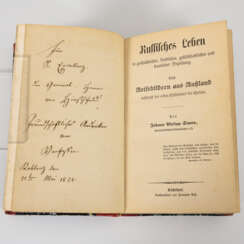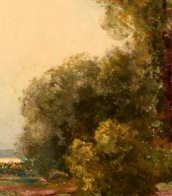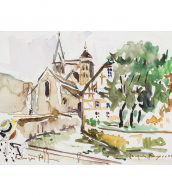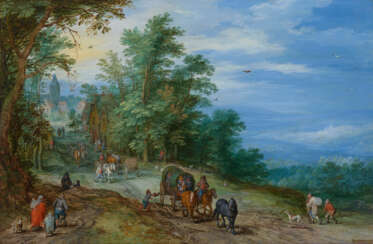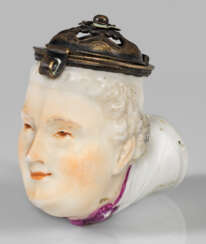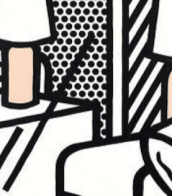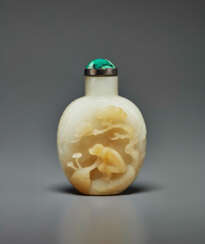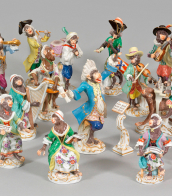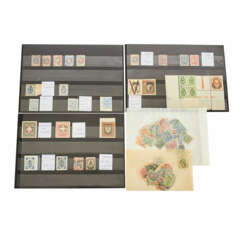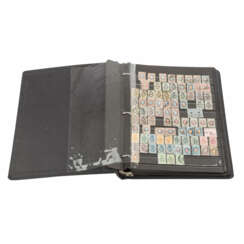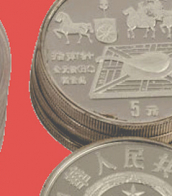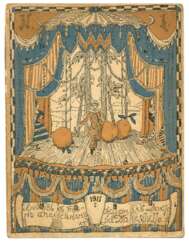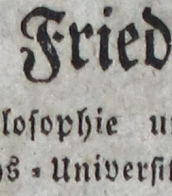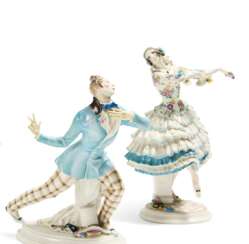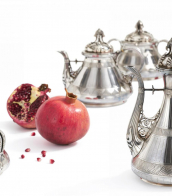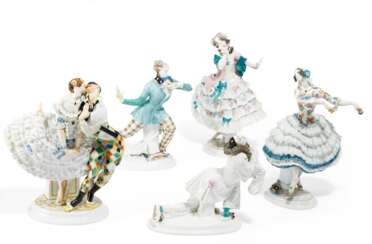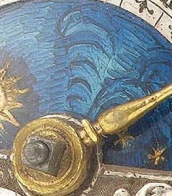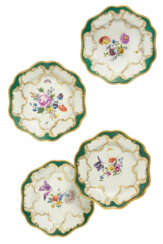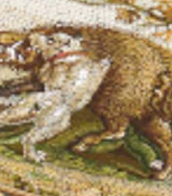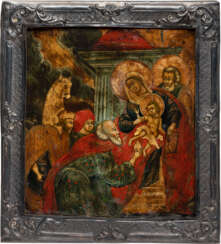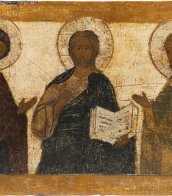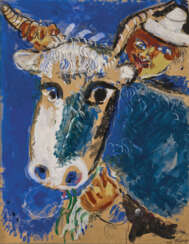russ meyer
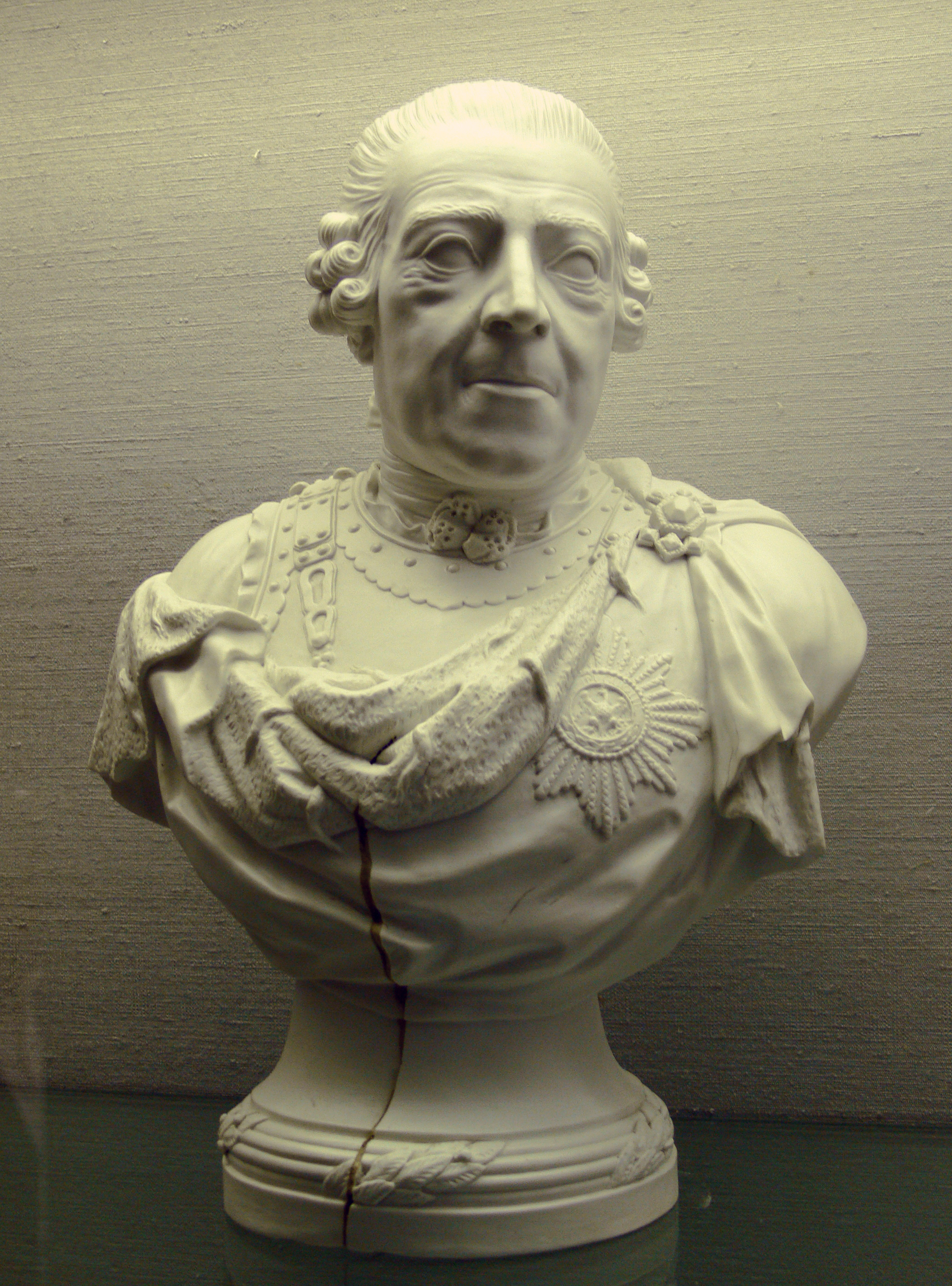
Friedrich Elias Meyer, called the Elder, was a German sculptor and porcelain modeller during the Rococo period. He created numerous models for the Meissen Porcelain Factory, but made a name for himself primarily as a model master at the Royal Porcelain Manufactory in Berlin.
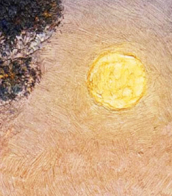

Friedrich Elias Meyer, called the Elder, was a German sculptor and porcelain modeller during the Rococo period. He created numerous models for the Meissen Porcelain Factory, but made a name for himself primarily as a model master at the Royal Porcelain Manufactory in Berlin.
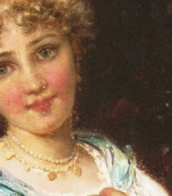
Hermanus van Brüssel was a landscape painter and etcher. Among his best etchings is mentioned a set of twenty-one landscapes with figures. According to the RKD he was a pupil of Johan Bernhard Brandhof, Christiaan Henning and Wybrand Hendriks. He later became the teacher of Woutherus Mol. He was known for his set designs for the Amsterdam Theatre and Het Loo Palace. In Haarlem he was a member of the amateur playhouse society "Kunstliefde" and made many set designs for them. Like many Dutch painters of his time, his works paid great attention to the skies as the land was often relatively featureless.
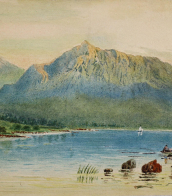
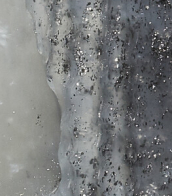

Marc Chagall (Russian: Марк Заха́рович Шага́л), born Moishe Shagal in 1887 near Vitebsk, Belarus (then part of the Russian Empire), was a Belarusian and French artist celebrated for his pivotal role in the avant-garde movement and his unique integration of Eastern European Jewish culture into modern art. His contributions spanned several artistic formats including painting, stained glass, stage sets, ceramics, tapestries, and fine art prints. Chagall's early modernist tendencies were enriched by his experiences across Saint Petersburg, Paris, and Berlin before World War I, leading to a distinctive style that melded Cubism, Symbolism, and Fauvism with his Jewish heritage.
Chagall's work is recognized for its emotional depth, often exploring themes of love, memory, and Jewish folklore through vibrant colors and dreamlike imagery. Notably, art critic Robert Hughes described him as "the quintessential Jewish artist of the twentieth century," a sentiment echoed by art historian Michael J. Lewis who regarded Chagall as a significant figure within European modernism and as the world's preeminent Jewish artist of his time.
Among Chagall's famed contributions are his stained-glass windows for the cathedrals of Reims and Metz, the UN, and the Jerusalem Windows in Israel. His monumental paintings include parts of the ceiling of the Paris Opéra and works that explore biblical themes, a hallmark of his oeuvre that underscores his enduring engagement with spiritual and religious motifs.
For art collectors and antiques experts, Chagall's works are notable not only for their artistic innovation but also for their rich cultural and historical significance. His art is housed in many prestigious museums worldwide, including the Marc Chagall National Museum in Nice, France, which focuses on his works inspired by religion and houses the series of paintings illustrating the biblical message.
For those interested in exploring Chagall's legacy and the vibrant intersection of culture, art, and history his work represents, signing up for updates on new product sales and auction events related to Marc Chagall can provide invaluable insights and opportunities. This is an invitation to engage more deeply with the world of art and culture that Chagall so uniquely encapsulated in his work.



